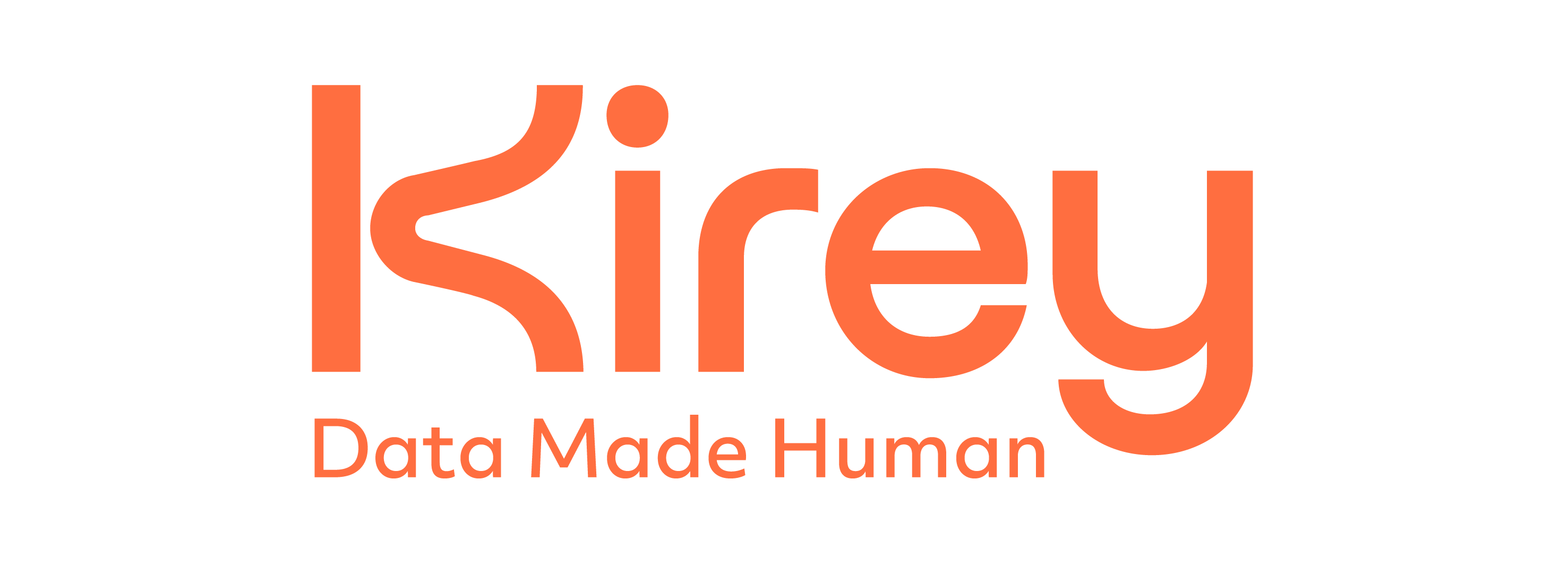Today, business performance is closely related to the performance of web and mobile applications.
by Stefano Bertolin APM Competence Leader - Service Manager (Kirey Group)
Services are increasingly easy to use: an app on your smartphone can perform any kind of operation, such as banking services or renting a car.
At the same time, users are increasingly demanding fast and easy-to-use applications that hide an extremely complex world of heterogeneous technologies, multi-cloud environments and increasingly frequent releases.
The Evolution of Application Performance Monitoring
Up to a few years ago, the vast majority of critical applications and services sat within the data center, allowing IT to have full control over the app stack, the network and the infrastructure.
However, times have changed: application environment modernization has driven more than 90 percent of large enterprises to adopt hybrid and multi-cloud solutions. Today, apps and services are distributed across multiple data centers and clouds are based on a microservices approach. In addition, Saas applications play a critical role in customer experience and accelerating business growth.
This level of connectivity requires information on many third-party networks and services that are outside of IT's control. So, how does IT monitor application performance and have full visibility into these increasingly complex and unpredictable environments?
Does business rely on application performance?
Mean Time to Repair (MTTR), violations of Service Level Agreement (SLAs) or Service Level Objectives (SLOs) are just a few of the possible damaging consequences for a company that doesn't have the proper monitoring solutions. These problems also have a huge impact on customer satisfaction, branding and, most importantly, profits (in fact, a user is less likely to download an app from the store if it doesn't have the classic 4 or 5 stars rating). Therefore, it is necessary to understand what are the perceptions of the end user, in which stage of the business process the app processing stops, what is the origin of a problem.
Application performance insights must include both technical and business-oriented aspects that answer some key questions: how many users are impacted by this disruption? How long will it take me to fix it? What economic loss is involved?
🎙️ Listen to our S.M.A.R.T. Monitoring Podcast on Spotify
Do traditional monitoring strategies have a chance?
In this kind of context, traditional monitoring tools, focused on single infrastructure components such as databases and Linux servers, are not enough.
Kirey Group offers a proactive approach to infrastructure monitoring, thanks to more than ten years of expertise and experience and to important partnerships, such as the one with Cisco-AppDynamics.
Appdynamics & Thousandeyes for complete end-to-end visibility
AppDynamics and Thousandeyes, market leaders in Application Performance Management and Digital Experience Monitoring, enable you to gain complete end-to-end visibility into the performance of your Applications, all their ecoystem components , and their interconnections. 👉Let's explore how!
AppDynamics' Cognition Engine allows you to automatically detect anomalies and immediately identify their causes. It allows you to isolate the source of the problem in minutes at both the source code and infrastructure levels, dramatically reducing the MTTR.
Moreover, AppDynamics includes a range of other cybersecurity-related capabilities that customers expect to be increasingly integrated with monitoring tools.
Application development must be closely related to the ability to verify the code security or the app to be deployed. All this kind of checks and controls should be be native within the development cycle, of what is technically called SecDevOps. While Development and Operations represent a continuous and coordinated transition from one phase to the next, Security embraces this movement.
Finally, Appdynamics and Thousandeyes offer a variety of options for monitoring the Saas experience in a multi-cloud ecosystem, providing a proactive and comprehensive view of the application experience including app delivery and KPIs regardless of where users are located.

